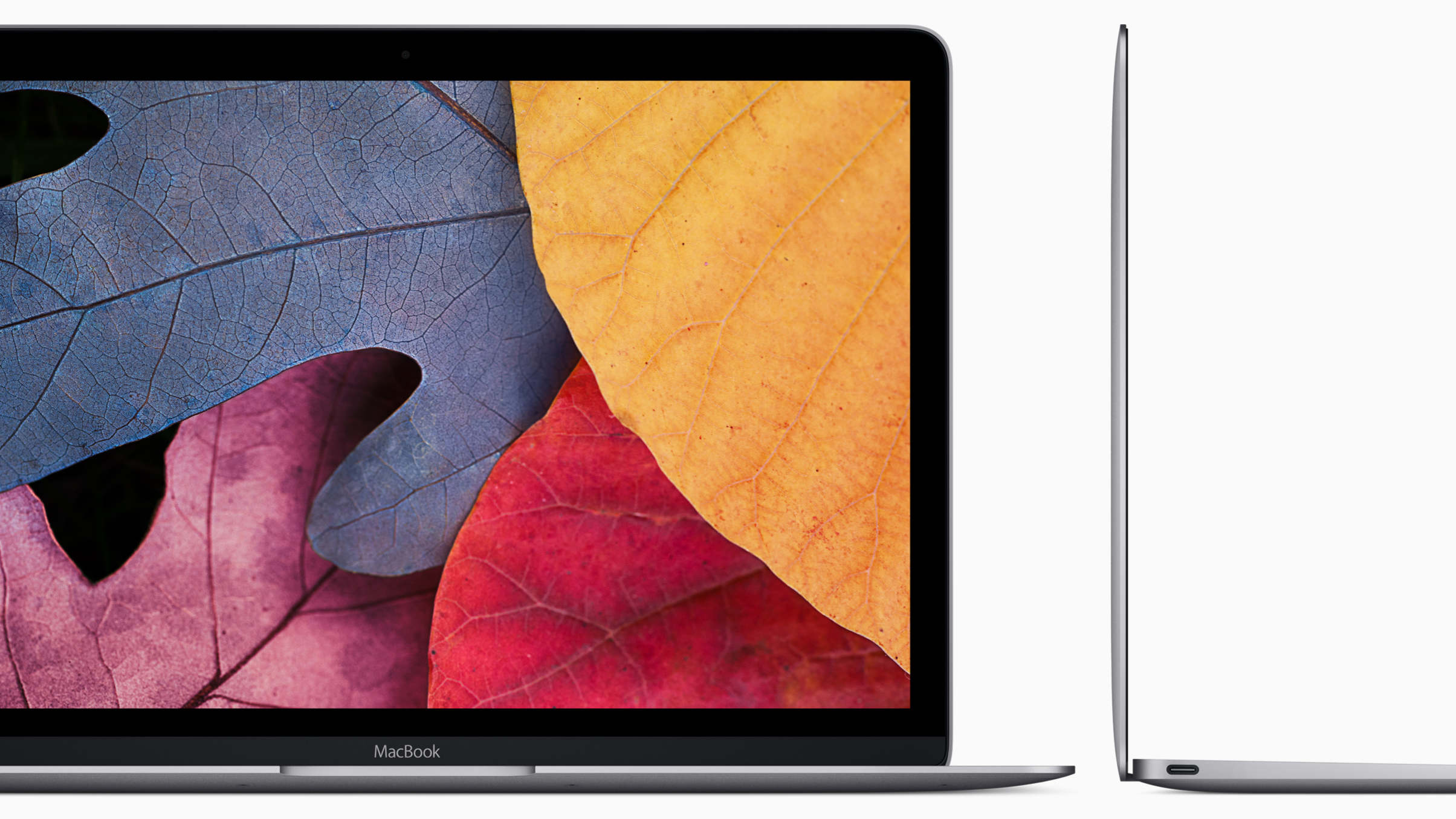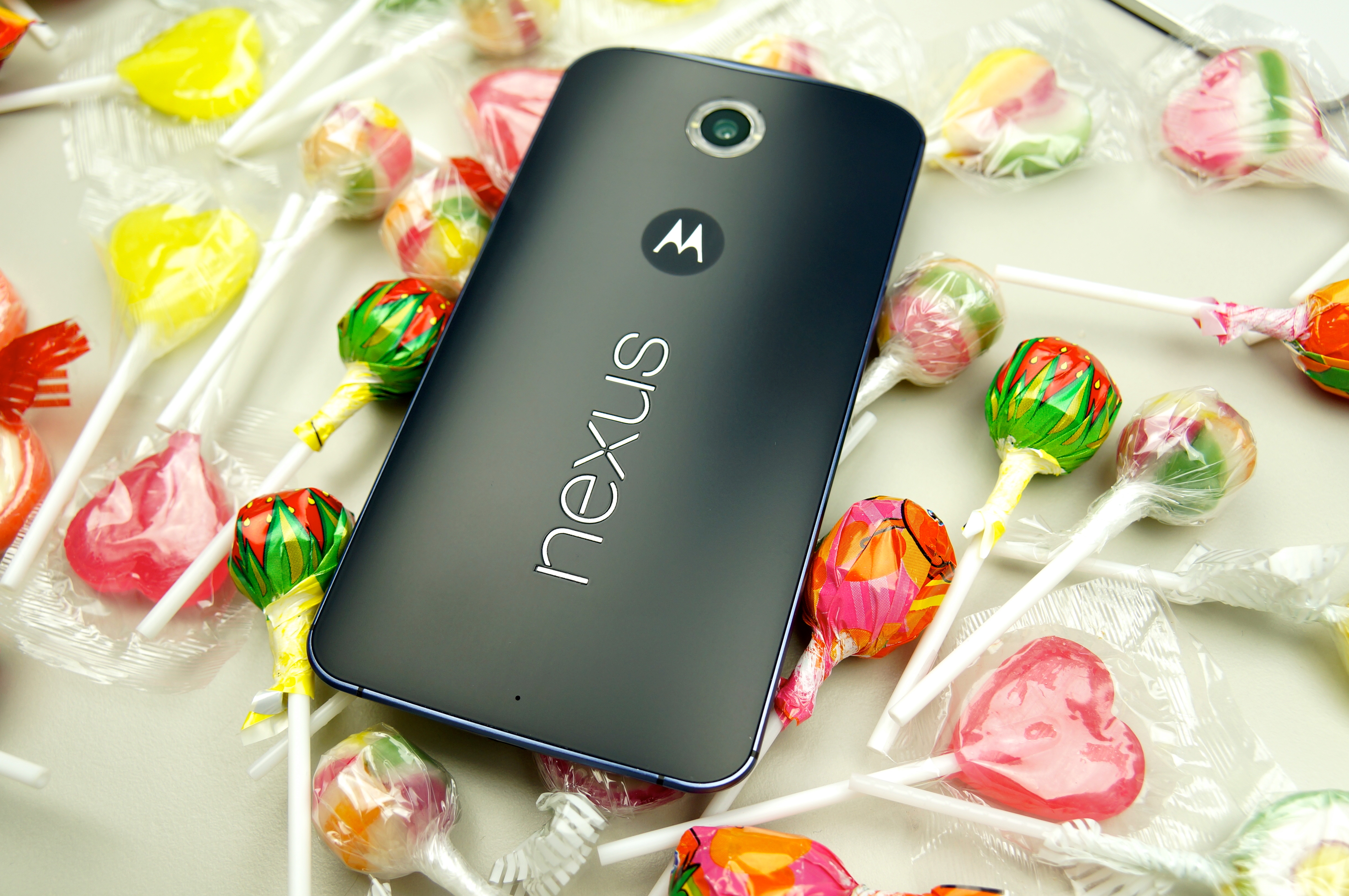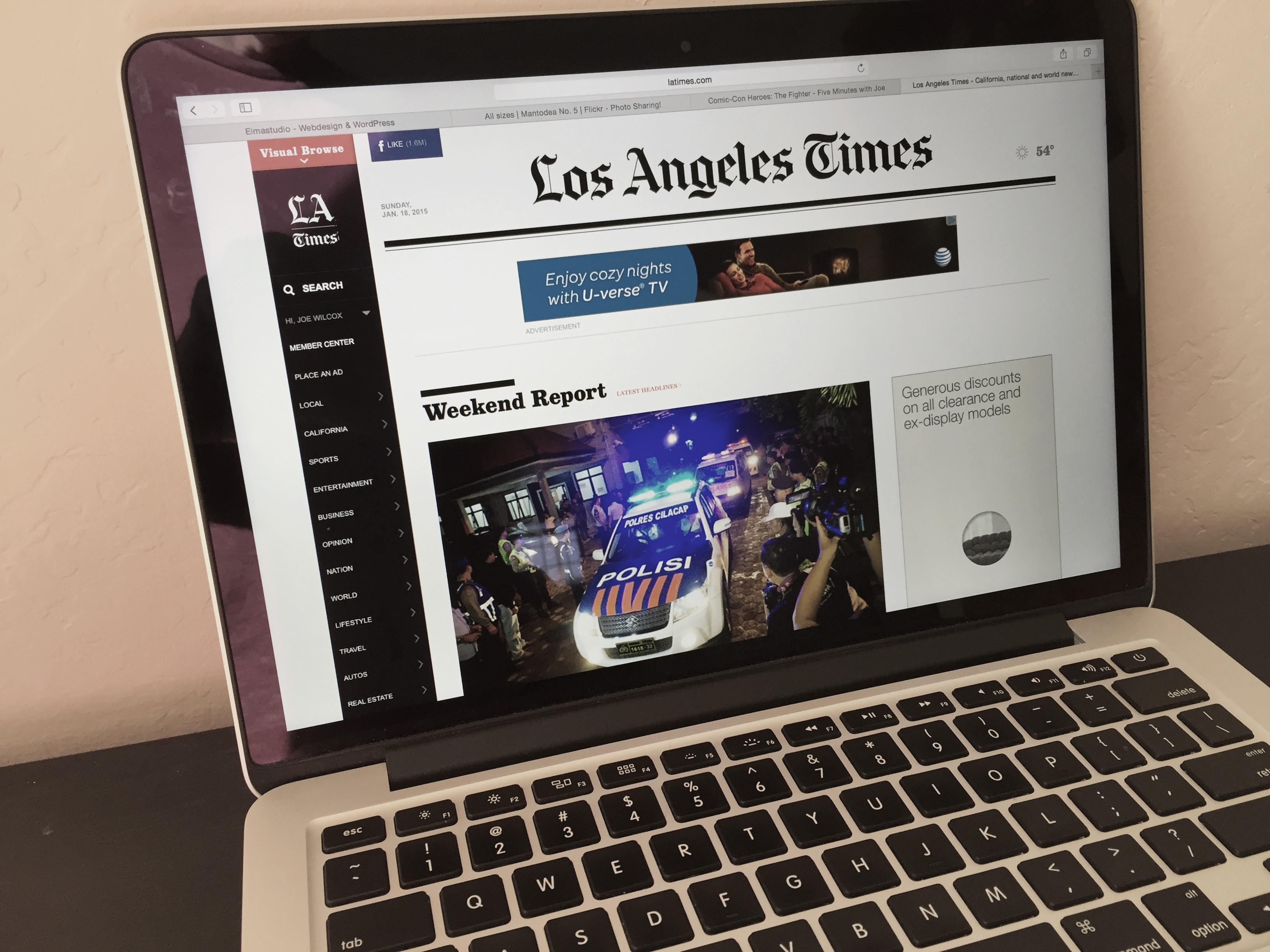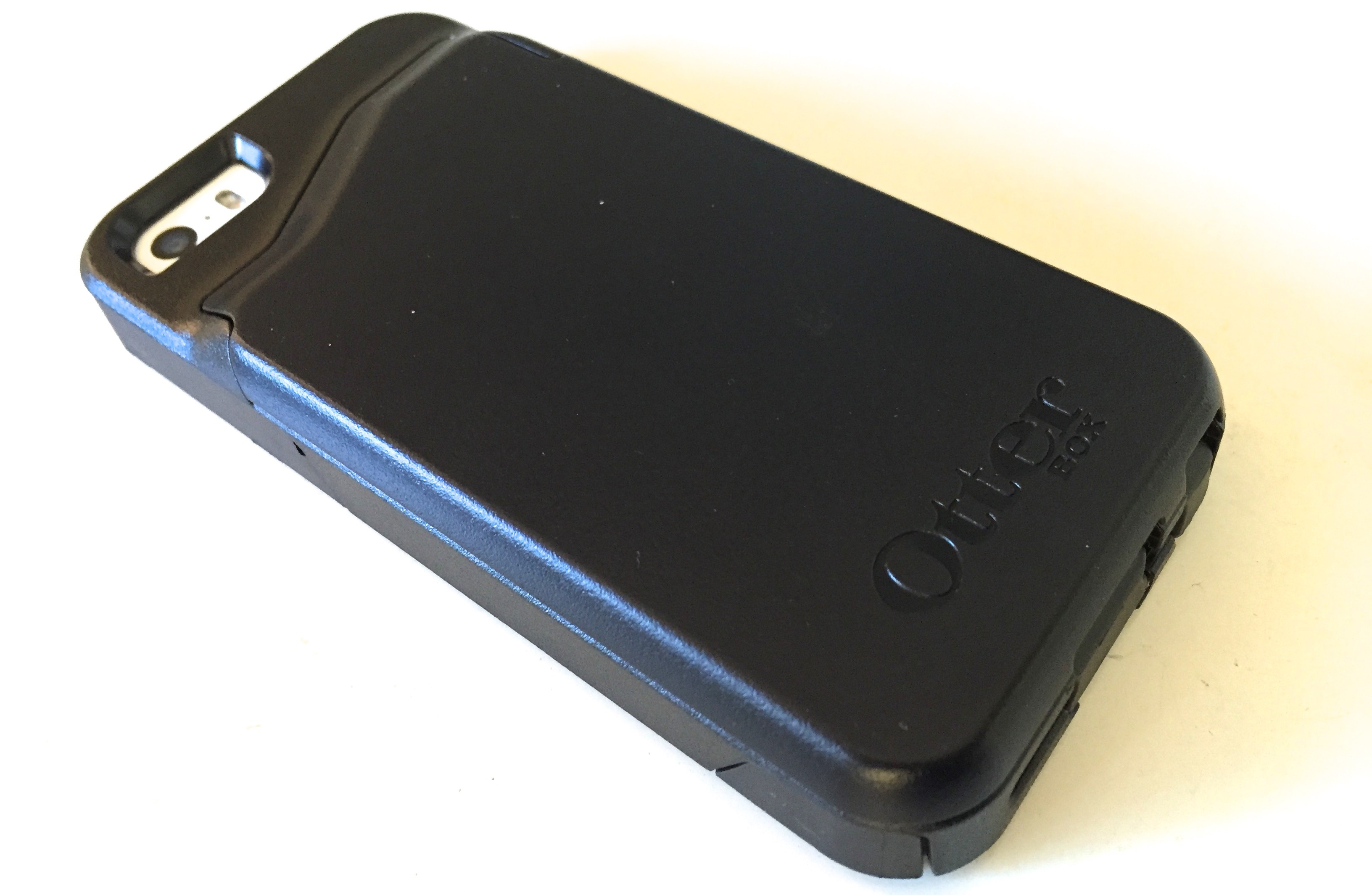Editor’s Note: Tidal resolved the problems long ago; I continue to subscribe a year later.
On May 1st, Tidal billed my credit card for the first month of music streaming. Yesterday, my subscription to Google Music ended. I should be satisfied with the switch, given how much more I enjoy 1411kbps lossless listening over the more typical 320kbps compressed streaming music. But recent, recurring service problems put my customer continuation into question.
Quality of content, or available selection of it, isn’t the problem. I find plenty of music to enjoy, and the default playlists are smartly curated. The high-fidelity is just that. But slow starts, drop-offs, and song skips disrupt the listening experience—and for a service costing twice as much as major competitors, like Beats, Rdio, or Spotify, I expect more but get less. There is no customer support option that I can find, either.










